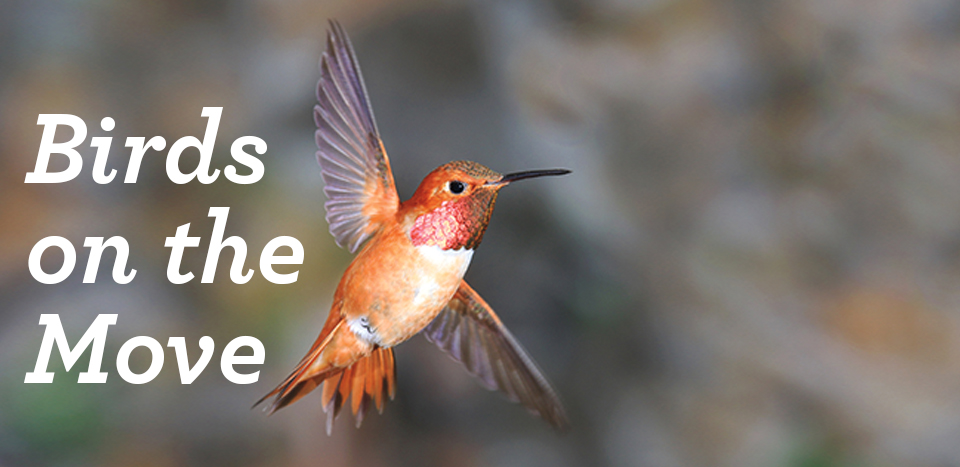
Audubon Adventures

Getting Started with
Birds on the Move
- Read the Background for Teachers essay. It contains more in-depth information that will help you answer questions and guide students’ exploration.
- Familiarize yourself with the For Kids content for “Birds on the Move.”
- Review the classroom- and field-based hands-on activities in Teacher-Led Activities and choose the ones suited to your curricular needs and classroom circumstances.
- Introduce the topic with a discussion. Here are some suggested discussion starters:
- When we say an animal migrates, what does that mean?
- What kinds of animals migrate? Do birds migrate? Do all birds migrate?
- Why do you think birds migrate?
- Do you think birds can fly long distances when they migrate? Why or why not? What dangers do you think birds face as they migrate?
- What can people do to help protect migratory birds?
- Review these vocabulary words or have students define them as they discover them in context in the “Birds on the Move” student magazine:
Definitions for all vocabulary words can be found in the online Naturalist’s Glossary.climate change
course
destination
experience
grassland
habitat
habitat
insect
instinct
landmarklife cycle
magnetism
migrate
migration
migratory
navigation
nectar
nonnative
nutritious
orientorientation
protein
raptor
seabird
shorebird
songbird
species
transmitter
tundra
wetland
- With the whole class or in small groups, review the Audubon Adventures student magazine, “Birds on the Move,” and other student content that you’ve incorporated into your teaching or that students have explored on their own.
- Do the hands-on activities you’ve selected, and follow up with review and discussion.
- Download the Assessment questions and answer key to use as a tool for evaluating students’ learning with “Birds on the Move.”
- Extend learning with print, online, and video resources found in the Naturalist’s Bibliography.
Photo: Frank Leung/iStock.




